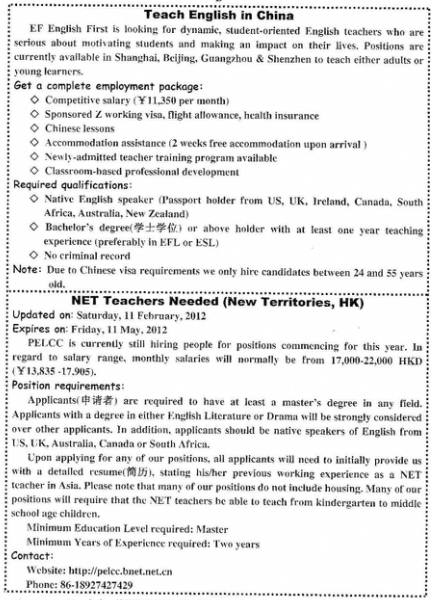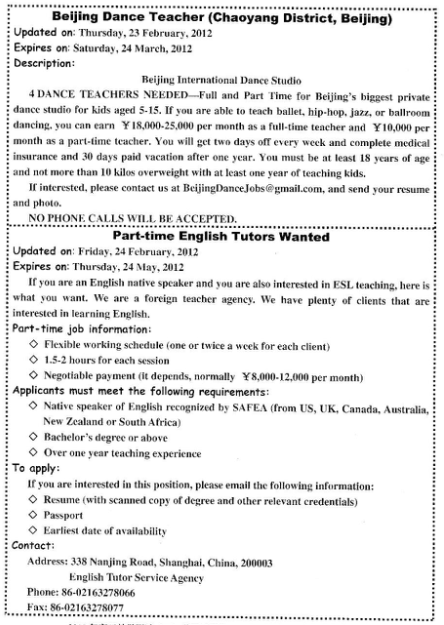题目内容
13.Friends play an important part in our lives,and although we may take friendship for granted,we often don't clearly understand how we make friends.While we get on well with a number of people,we are usually friends with only a very few.For example,the average among students is about 6per person.In all the cases of friendly relationships,two people like one another and enjoy being together,but beyond that,the degree of closeness between them and the reasons for their shared interests vary greatly.As we get to know people we take into account things like age,race,economic condition,social position,and intelligence.Although these factors are not of prime importance,it is more difficult to get on with people when there is a marked difference in age and background.Some friendly relationships can be kept on argument and discussion,but it is usual for close friends to have similar ideas and beliefs,to have attitudes and interests in common-they often talk about"being on the same wavelength".It generally takes time to reach this point.And the more closely involved people become,the more they rely on one another.People want to do friends favors and hate to break a promise.Equally,friends have to learn to put up with annoying habits and to tolerate differences of opinion.
In contrast with the marriage,there are no friendship ceremonies to strengthen the association between two people.But the supporting and understanding of each other that results from shared experiences and emotions does seem to create a powerful bond,which can overcome differences in background,and break down barriers of age,class or race?
32.How does the author understand"friends"in this passage?D
A.Every student has 6friends.
B.Everyone understands clearly how to make friends.
C.All the people who get on well with each other are friends.
D.Friends are closer than those just getting on well with each other.
33.What should we avoid when making friends?D
A.Good economic condition.
B.Argument and discussion.
C.The same race,hobby and nationality.
D.A marked difference in age and background.
34.What do the underlined words"being on the wavelength"mean in Paragraph 2?C
A.Having the same background.
B.Using the same frequency while talking.
C.Having similar ideas,beliefs,attitudes and interests.
D.Keeping the same friendly relationship as other people do.
35.How do people strengthen friendly relationship according to the passage?D
A.To hold friendship ceremonies.
B.To completely get rid of differences in background.
C.To make friends with those who are of the same age and of the same race.
D.To support and understand each other by sharing experiences and emotions.
分析 本文属于说明文阅读,作者通过这篇文章向我们介绍了朋友在我们的生活中扮演着重要的角色,而对我们来说朋友是比那些只是与我们相处得好的人相比而言与我们更为亲近的人,同时朋友之间也要学会容忍,作者在本文中向我们说明了应该如何交朋友以及交朋友时需要注意的事情.
解答 32.D 推理判断题,根据第一段While we get on well with a number of people,we are usually friends with only a very few.可知在这篇文章中作者认为能相处很好的不一定是朋友,由此推知作者认为朋友是比那些只是与我们相处得好的人相比而言与我们更为亲近的人,故选D.
33.D 细节理解题,根据第一段As we get to know people we take into account things like age,race,economic condition,social position,and intelligence.Although these factors are not of prime importance,it is more difficult to get on with people when there is a marked difference in age and background.可知交朋友时我们会考虑对方的年龄、种族、经济条件、社会地位和智力,但是更应该考虑是否年龄和背景有很大的差异,故选D.
34.C 词义猜测题,根据第二段Some friendly relationships can be kept on argument and discussion,but it is usual for close friends to have similar ideas and beliefs,to have attitudes and interests in common-they often talk about"being on the samewavelength".可知有共同兴趣的朋友经常有相似的想法,由此推知他们会经常谈论彼此的类似的想法、信念、态度和兴趣,故选C.
35.D 细节理解题,根据最后一段In contrast with the marriage,there are no friendship ceremonies to strengthen the association between two people.But the supporting and understanding of each other that results from shared experiences and emotions does seem to create a powerful bond可知人们可以通过分享经验和情感来支持和理解对方,并以此来增进彼此的友谊,故选D.
点评 考查学生的细节理解和推理判断能力.做细节理解题时一定要找到文章中的原句,和题干进行比较,再做出正确选择.在做推理判断题时不要以个人的主观想象代替文章的事实,要根据文章事实进行合乎逻辑的推理判断.

 阅读快车系列答案
阅读快车系列答案| A. | a; the | B. | the; the | C. | a; 不填 | D. | 不填; the |
| A. | In case | B. | Now that | C. | Even if | D. | As though |
| A. | among | B. | between | C. | through | D. | during |
| A. | which | B. | since | C. | when | D. | that |

